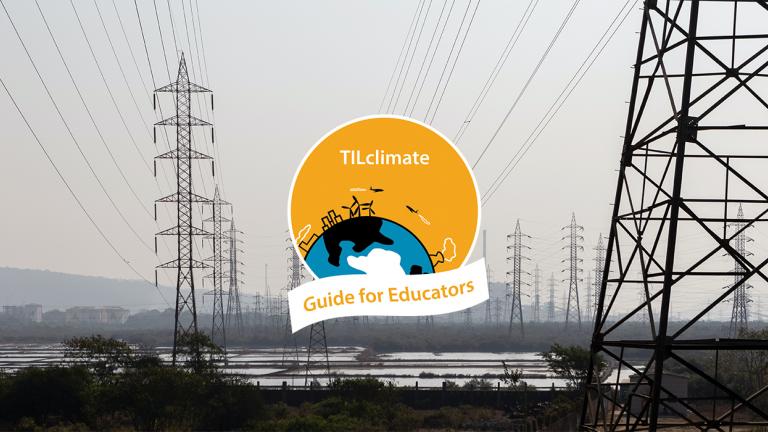
This Guide for Educators was developed by the MIT Environmental Solutions Initiative as an extension of our TILclimate (Today I Learned: Climate) podcast, to make it easier for you to teach climate change, earth science, and energy topics in the classroom. It is an extension of the TILclimate episode "TIL about the electric grid."
Browse all TILclimate guides for educators.
Description
The electric grid is an invisible and yet deeply necessary part of modern life. Through a game, students understand the challenges of keeping the grid balanced. Students explore two map-based datasets to explain why and how the grid stays balanced. A deeper dive into their own local electric grid makes the learning relevant.
SWBAT:
-
Explain why the electric grid needs to be balanced over space and time
-
Evaluate choices made in a region in terms of how electricity is generated and transmitted
Skills:
-
Map reading
-
Data interpretation
-
Communication
Standards:
-
HS-PS2-6 Communicate scientific and technical information about why the molecular-level structure is important in the functioning of designed materials
-
HS-ESS3-4 Evaluate or refine a technological solution that reduces impacts of human activities on natural systems
-
CCSS.ELA-LITERACY Informational Texts, Science and Technical Subject
-
CCSS.ELA-LITERACY.RH History/Social Studies
Disciplinary core ideas:
-
PS3.B: Conservation of Energy and Energy Transfer
-
ETS1.A: Defining and Delimiting Engineering Problems
What is included in this Educator Guide
- How to use TILclimate Educator Guides (Download)
- Full Educator Guide (Download)
- Includes both Teacher and Student pages
- Includes both Teacher and Student pages
- Teacher pages (Download)
- Includes materials, discussion questions, background resources, and adaptation suggestions for science, social science, and ELA teachers
- Includes materials, discussion questions, background resources, and adaptation suggestions for science, social science, and ELA teachers
- Student pages (Download)
-
Game: The Electric Grid
-
Reading: History of the Electric Grid
-
Data Exploration: Electricity Use
-
Data Exploration: Time Zones
-
Investigation: My Electric Grid
-
Listen to the episode


